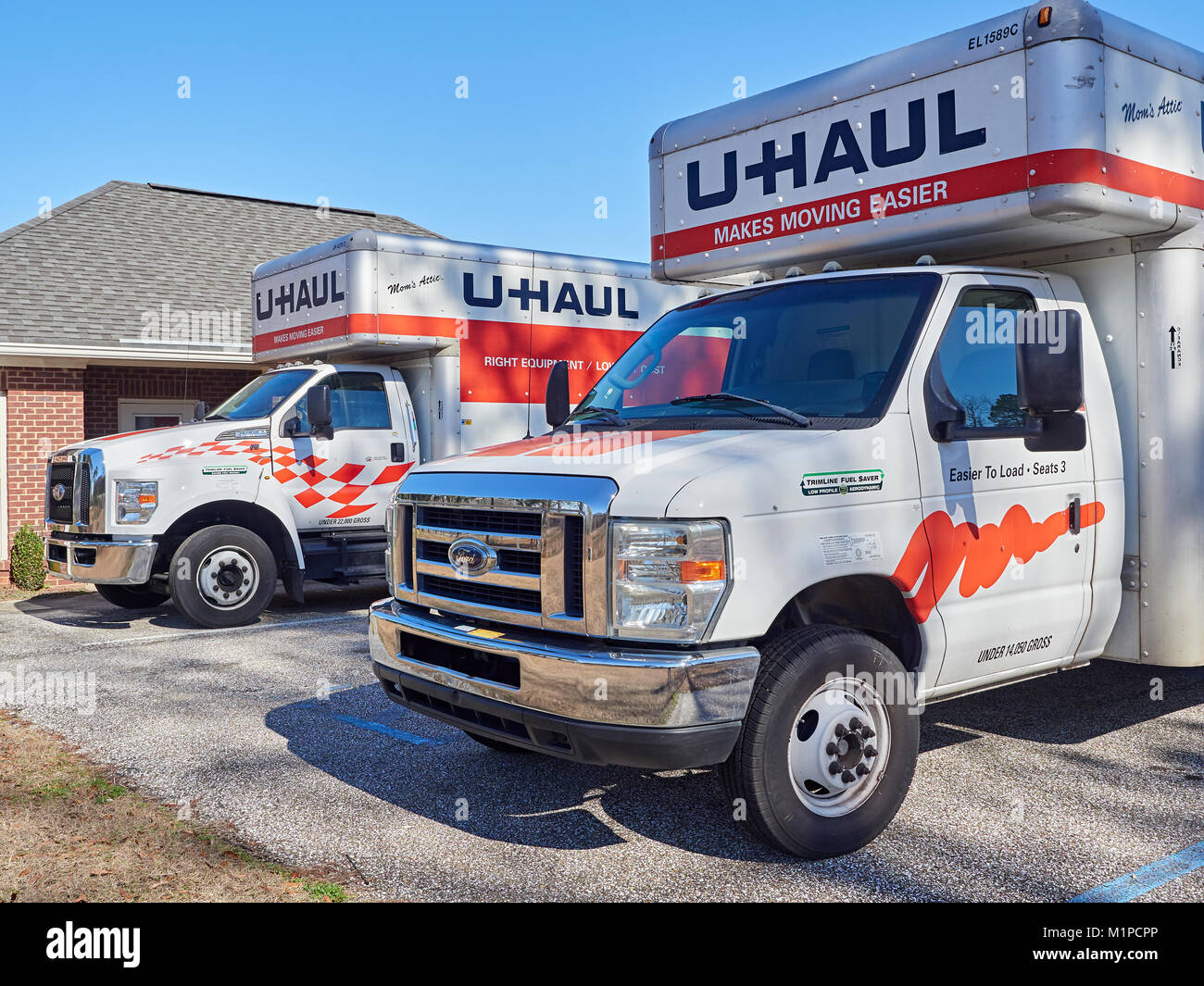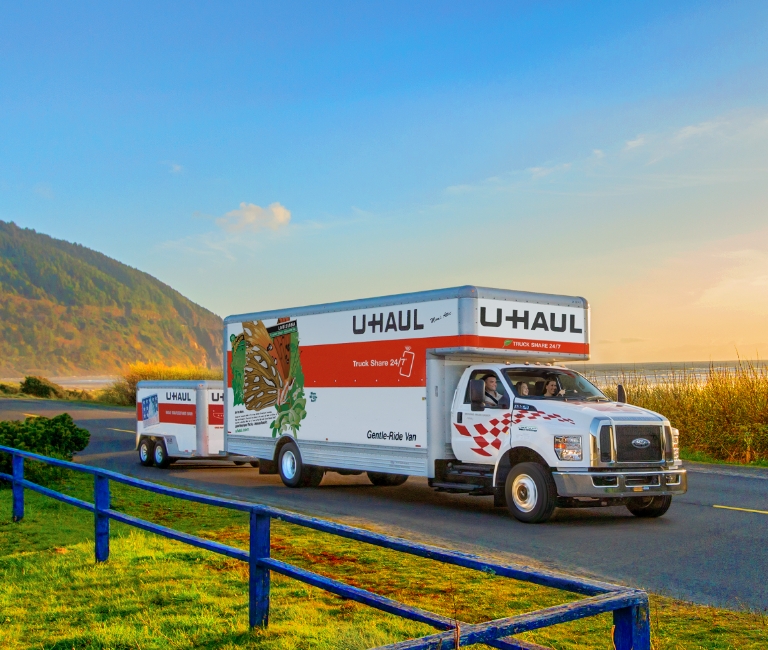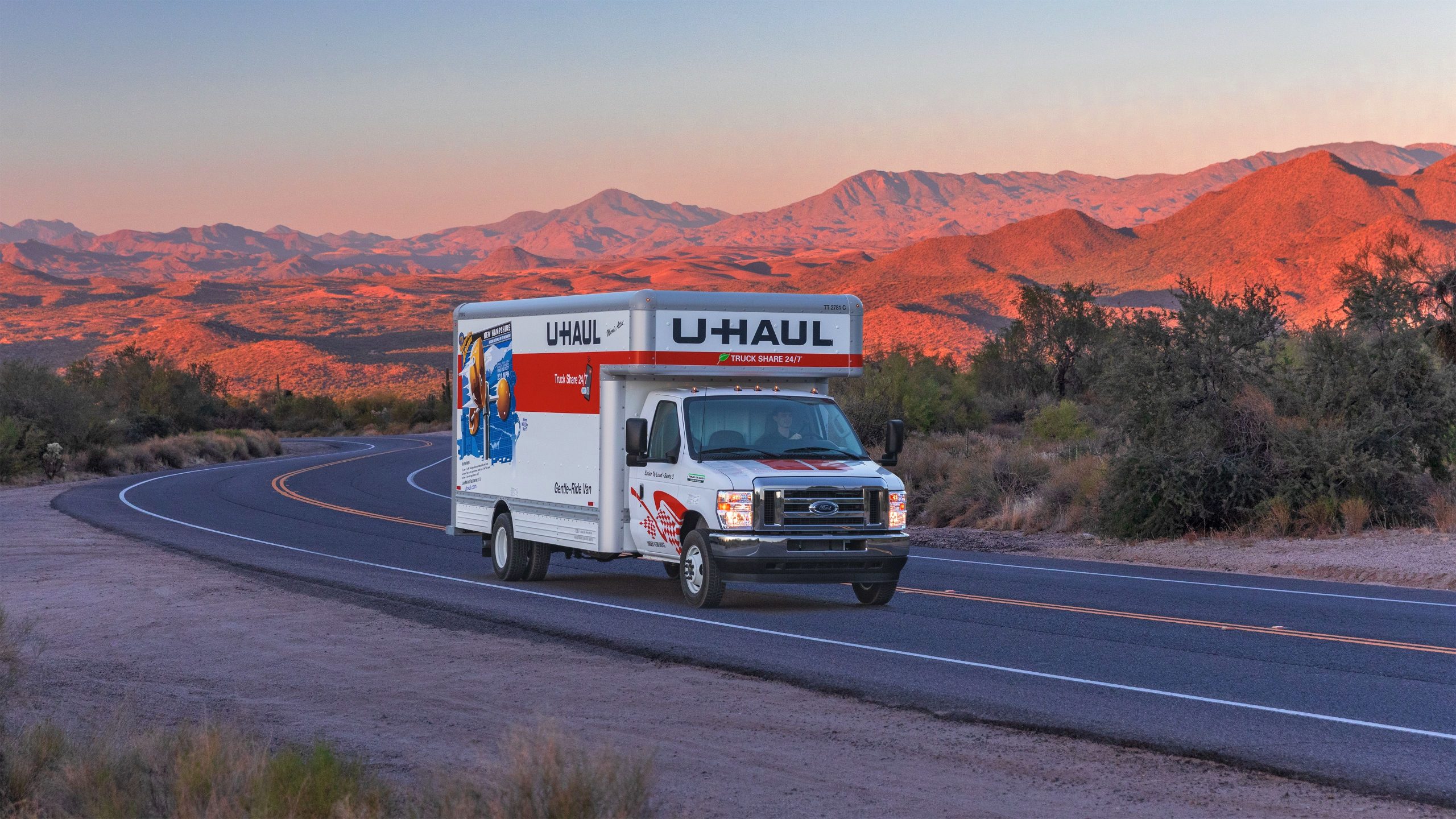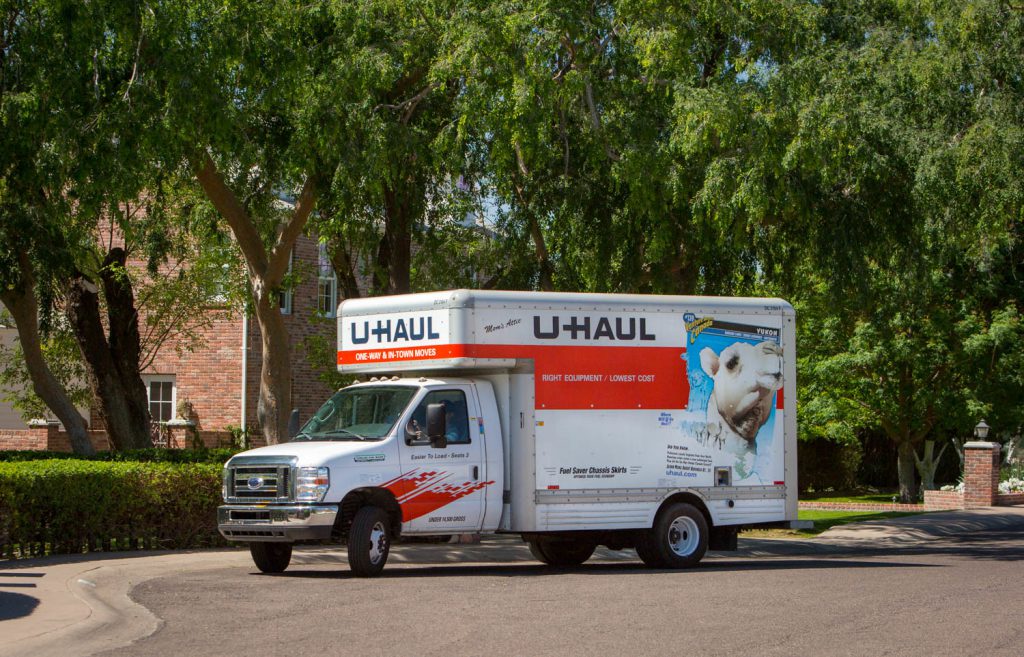U-Haul Car Trailers: Your Comprehensive Guide to Vehicle Transportation types.truckstrend.com
Moving is often cited as one of life’s most stressful events, and transporting a vehicle can add another layer of complexity. Whether you’re relocating across state lines, moving a project car, or simply need to transport a vehicle that isn’t roadworthy, U-Haul Car Trailers offer a convenient, cost-effective, and reliable solution. These specialized trailers are designed to safely and efficiently move cars, trucks, and SUVs, providing individuals with the flexibility and control that professional auto transport services might not. This comprehensive guide will delve into everything you need to know about U-Haul Car Trailers, from understanding their types and benefits to practical advice on renting, loading, and driving.
Understanding U-Haul Car Trailers: What They Are and Why They’re Popular
U-Haul Car Trailers: Your Comprehensive Guide to Vehicle Transportation
U-Haul Car Trailers are purpose-built towing solutions provided by U-Haul, the renowned moving and storage giant. They are designed for customers who need to transport a personal vehicle behind a U-Haul moving truck or a compatible personal tow vehicle. Their popularity stems from several key factors: unparalleled accessibility, a reputation for reliability, and a relatively affordable price point compared to hiring dedicated auto transport companies. They empower individuals to manage their own vehicle transportation on their schedule, offering peace of mind and significant savings.
The Two Main Types of U-Haul Car Trailers
U-Haul primarily offers two distinct types of car trailers, each suited for different vehicles and towing needs: the Auto Transport and the Tow Dolly. Understanding the differences is crucial for choosing the right equipment.
1. U-Haul Auto Transport Trailer
The U-Haul Auto Transport is a robust, four-wheel trailer designed to carry your entire vehicle completely off the ground.
- Description: This trailer features an open deck, sturdy ramps for easy loading, and a comprehensive set of tie-down straps to secure all four wheels. It typically includes an independent braking system for enhanced safety.
- Ideal Uses: The Auto Transport is ideal for long-distance moves, transporting luxury or classic cars, vehicles with low ground clearance, all-wheel-drive (AWD) or four-wheel-drive (4WD) vehicles, and cars that are not in running condition. Because all four wheels are off the ground, there’s no wear and tear on the towed vehicle’s drivetrain or tires.
- Features: Integrated ramps, heavy-duty security chains, ratcheting tire straps, and a low-profile design for easier loading. Its surge brake system provides additional stopping power.

2. U-Haul Tow Dolly
The U-Haul Tow Dolly is a simpler, two-wheel trailer designed to lift only the front wheels of your vehicle off the ground.
- Description: The tow dolly consists of a platform with two wheels and a pivot plate, where the front wheels of the towed vehicle rest. The rear wheels of the towed vehicle remain on the ground.
- Ideal Uses: This option is best suited for shorter distances, front-wheel-drive (FWD) vehicles, or rear-wheel-drive (RWD) vehicles where the drive shaft can be safely disconnected (consult your vehicle’s manual or a mechanic). It’s a more budget-friendly option and generally lighter, making it easier to maneuver.
- Features: Adjustable tire straps, safety chains, and a swivel pan to allow the towed vehicle’s steering to follow the tow vehicle.

Key Benefits of Using U-Haul Car Trailers

Opting for a U-Haul Car Trailer comes with a host of advantages for the conscientious mover:
- Cost-Effectiveness: Renting a U-Haul trailer is significantly cheaper than hiring a professional auto transport company, especially for do-it-yourself movers.
- Control and Convenience: You maintain complete control over your moving schedule, route, and the handling of your vehicle. There’s no waiting for a transport company’s pick-up or delivery window.
- Safety and Reduced Wear: By lifting your vehicle off the ground (especially with an Auto Transport), you prevent unnecessary mileage, wear and tear on tires, engine, and drivetrain, and exposure to road hazards during transit.
- Versatility: U-Haul trailers can accommodate a wide range of vehicles, from compact cars to larger SUVs and trucks, provided they meet weight and dimension requirements.
- Accessibility: With thousands of locations across North America, U-Haul trailers are readily available for one-way or in-town rentals.
How to Choose the Right U-Haul Car Trailer for Your Needs
Selecting the correct U-Haul Car Trailer is paramount for a safe and successful move. Consider these factors:
- Vehicle Type: Is your car FWD, RWD, or AWD/4WD? For AWD/4WD, an Auto Transport is almost always required. For FWD, a Tow Dolly is often sufficient. For RWD, check if the driveshaft can be disconnected if using a dolly.
- Vehicle Weight and Dimensions: U-Haul has strict weight and size limits for both the towed vehicle and the towing vehicle. Always input your exact vehicle details into U-Haul’s online reservation system, which will recommend compatible equipment.
- Distance of Travel: For long distances, the Auto Transport offers superior protection and peace of mind. For shorter, local moves, a Tow Dolly might suffice.
- Towing Vehicle Capacity: This is critical. Your tow vehicle (whether a U-Haul truck or your personal truck/SUV) must have adequate towing capacity, a proper hitch (Class I, II, III, or IV), and a correctly sized hitch ball (typically 2" for most U-Haul trailers). U-Haul’s website will help you determine compatibility.
- Budget: Tow Dollies are generally less expensive to rent than Auto Transports.
Always utilize U-Haul’s official "Trailer/Towing Guide" on their website, which requires you to input your exact tow vehicle and towed vehicle information to ensure compatibility and provide the safest recommendations.
Practical Guide: Renting and Using Your U-Haul Car Trailer
Renting and using a U-Haul Car Trailer is a straightforward process, but attention to detail is key.
Renting Process:
- Online Reservation: Visit U-Haul.com and select "Trailers." Input your pickup/drop-off locations, dates, and crucially, the year, make, and model of both your tow vehicle and the vehicle you intend to transport. The system will then show you compatible options.
- Pickup: At the U-Haul location, you’ll need your valid driver’s license, credit card, and the license plate number of your tow vehicle. Staff will confirm compatibility and walk you through the rental agreement.
Hooking Up the Trailer:
- Hitch: Ensure your tow vehicle has the correct hitch receiver and a properly sized (usually 2-inch) hitch ball.
- Coupler: Lower the trailer’s coupler onto the hitch ball and secure the latch.
- Safety Chains: Crisscross the safety chains under the coupler and attach them to your tow vehicle’s frame or hitch.
- Wiring Harness: Connect the trailer’s electrical wiring to your tow vehicle’s receptacle (usually a 4-pin flat connector) to ensure brake lights, turn signals, and running lights function. Test all lights before departing.
Loading Your Vehicle:
- Positioning: For Auto Transports, align your vehicle precisely with the ramps. For Tow Dollies, ensure the front wheels are centered on the dolly’s platform.
- Driving On: Slowly and carefully drive the vehicle onto the trailer. For Auto Transports, position it so the weight is evenly distributed (often slightly forward of the trailer’s axle). For Tow Dollies, ensure the front tires are snug against the stops.
- Securing: Use the provided ratcheting straps to firmly secure the tires. For Auto Transports, secure all four tires. For Tow Dollies, secure the front two tires. Double-check all straps and safety chains. Engage the parking brake on the towed vehicle.
- Final Check: Walk around the entire setup, ensuring everything is tight, lights work, and there are no obstructions.
Driving with a Trailer:
- Speed: Adhere to lower speed limits for vehicles towing trailers (often 55-65 mph, check local laws).
- Turns: Make wider turns to accommodate the trailer’s length.
- Braking: Allow significantly more stopping distance.
- Visibility: Adjust side mirrors for better visibility of the trailer and towed vehicle. Consider adding extended towing mirrors.
- Regular Checks: Periodically pull over safely to check tire pressure on both the tow vehicle and trailer, strap tension, and connections.
- Fuel Efficiency: Expect a significant decrease in fuel economy.
Unloading:
Reverse the loading process carefully. Ensure the area is clear, release straps, and slowly drive the vehicle off the trailer.
Important Considerations and Safety Tips
Safety is paramount when towing.
- Never Exceed Capacity: Strictly adhere to the weight limits of both your tow vehicle and the U-Haul Car Trailer. Overloading is extremely dangerous.
- Proper Weight Distribution: Improper loading can lead to dangerous trailer sway. Ensure the majority of the towed vehicle’s weight is over the trailer’s axles.
- Tire Pressure: Always check and maintain the correct tire pressure on both your tow vehicle and the U-Haul trailer. Incorrect pressure can lead to blowouts or instability.
- Braking: Anticipate stops and apply brakes smoothly and earlier than usual.
- Weather: Exercise extreme caution in adverse weather conditions like rain, snow, or high winds. Consider delaying travel if conditions are severe.
- State Laws: Be aware of varying towing laws regarding speed limits, trailer brakes, and length restrictions in different states.
Potential Challenges and Solutions
While U-Haul Car Trailers simplify vehicle transport, a few challenges can arise:
- Incompatible Vehicles: If your vehicles don’t meet U-Haul’s compatibility requirements, do not attempt to force a fit. Explore alternative transport methods or adjust your plans.
- Loading Difficulties: If you struggle with loading, watch U-Haul’s instructional videos, or ask a U-Haul representative for guidance. Never rush the process.
- Tire Issues on Trailer: U-Haul provides 24/7 roadside assistance. If you experience a flat tire on the trailer, pull over safely and call their support line.
- Trailer Sway: If the trailer begins to sway, gently ease off the accelerator and apply the trailer brakes (if equipped) if safe to do so, until the sway stops. Do not apply the tow vehicle’s brakes suddenly. Sway is often caused by improper weight distribution or excessive speed.
U-Haul Car Trailer Estimated Pricing
U-Haul trailer rental prices are dynamic and vary based on location, availability, duration, and whether it’s an in-town or one-way rental. The table below provides estimated daily ranges, but it’s crucial to get a personalized quote from U-Haul’s website for accuracy.
| Trailer Type | Estimated Daily Rental Rate (In-Town) | Estimated Daily Rental Rate (One-Way) | Key Factors Influencing Price |
|---|---|---|---|
| U-Haul Auto Transport | $60 – $85 | $100 – $250+ | Distance (one-way is more expensive), duration, demand, season |
| U-Haul Tow Dolly | $45 – $65 | $80 – $150+ | Distance (one-way is more expensive), duration, demand, season |
Note: These are estimated ranges. Actual prices can be higher or lower depending on specific rental details. Longer rental periods often have lower daily rates.
Frequently Asked Questions (FAQ)
Q1: Do I need special insurance to rent a U-Haul Car Trailer?
A1: Your personal auto insurance policy may cover liability for towing, but it’s crucial to check with your insurance provider. U-Haul also offers Safemove® or Safetow® coverage options that provide additional protection for the trailer and your towed vehicle.
Q2: Can I tow a rear-wheel-drive (RWD) vehicle on a U-Haul Tow Dolly?
A2: Generally, U-Haul does not recommend towing RWD vehicles on a Tow Dolly unless the driveshaft is disconnected. If the driveshaft is not disconnected, the transmission can be severely damaged due to lack of lubrication. Always consult your vehicle’s owner’s manual or a qualified mechanic. The Auto Transport is always the safest option for RWD, AWD, and 4WD vehicles.
Q3: What size hitch ball do I need for a U-Haul Car Trailer?
A3: Most U-Haul Car Trailers require a 2-inch diameter hitch ball. Ensure your hitch ball is properly rated for the weight of the loaded trailer.
Q4: Can I rent just a U-Haul Car Trailer without a U-Haul moving truck?
A4: Yes, absolutely! If your personal vehicle meets U-Haul’s towing requirements (correct hitch, towing capacity, etc.), you can rent a car trailer independently.
Q5: What if my car is too low for the ramps?
A5: The U-Haul Auto Transport is designed with low-profile ramps. However, for extremely low-clearance vehicles, you might need to use wooden planks or similar sturdy material to reduce the approach angle. Always exercise extreme caution.
Q6: Do U-Haul trailers have brakes?
A6: U-Haul Auto Transport trailers are equipped with a surge brake system that activates automatically when the tow vehicle slows down. Tow Dollies typically do not have independent braking systems and rely solely on the tow vehicle’s brakes.
Conclusion
U-Haul Car Trailers provide an invaluable service for anyone needing to transport a vehicle efficiently and securely. By offering two distinct types – the comprehensive Auto Transport and the economical Tow Dolly – U-Haul caters to a wide range of needs and budgets. Understanding the features, benefits, and proper usage of these trailers is key to a stress-free experience. From careful planning and selection to meticulous loading and cautious driving, empowering yourself with this knowledge ensures your vehicle reaches its destination safely. With U-Haul’s extensive network and commitment to customer support, transporting your car has never been more accessible or controllable, making your next move a little bit easier.
